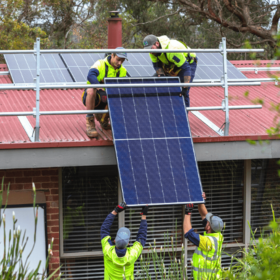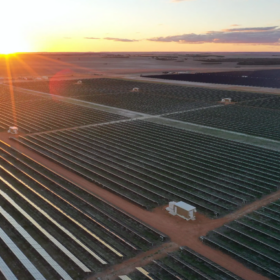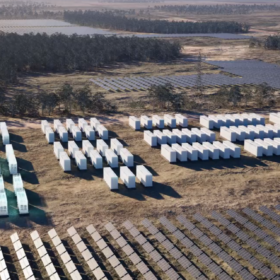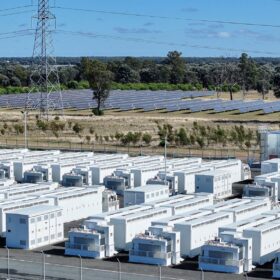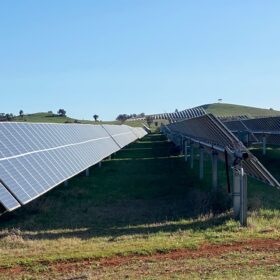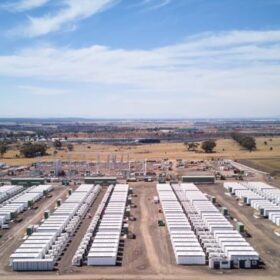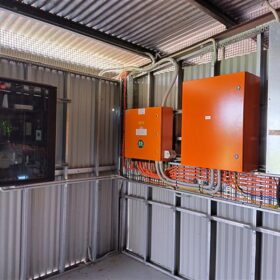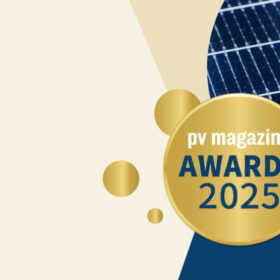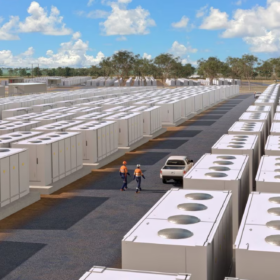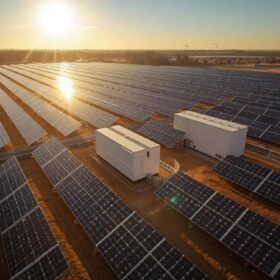Household solar electricity generation in the Australian national accounts
The Australian electricity industry has transformed over the past two decades, driven by the rise of household solar and other renewable energy sources. Since 2010, supported by government incentives and improving technology, rooftop solar installations have surged.
Potentia Energy secures $830 million financing to support portfolio growth
Potentia Energy has completed an approximately$830 million portfolio financing package supporting its operating renewable energy assets and the delivery of new projects across Australia, comprising more than 600 MW capacity.
CIMIC’s UGL to deliver Stage 3 of Neoen’s Western Downs battery
UGL, a member of the CIMIC Group, has been selected by Neoen and Tesla to construct Stage 3 of Neoen’s Western Downs 305 MW / 1,220 MWh battery in Queensland.
Indonesian 50 MW thin-film solar factory pilot aims for 1 GW per year
Pertamina Power has teamed up with HyET Solaris to validate the commercial feasibility of producing and marketing HyET’s lightweight and flexible solar products in Indonesia, by developing a 50 MW per year factory pilot.
Neoen begins building 1.22 GWh third stage of Queensland’s ‘biggest battery’
Neoen Australia has pressed go on construction of the 305 MW / 1,220 MWh next stage of its Western Downs battery energy storage system in Queensland and backed that by signing two new virtual battery contracts for a combined 250 MWh.
Enerflow plans 1.2 GWh vanadium flow battery project for Australia
China’s Enerflow will partner with Perth-based firm Jenmi Investments to jointly develop a 350 MW / 1,200 MWh long-duration storage project, marking a major step for vanadium flow battery technology in the Australian grid.
Renewables on rise as AEMO lays out roadmap for energy transition
A draft blueprint for Australia’s energy market calls for 120 GW of grid-scale solar and wind, 87 GW of rooftop PV, 55 GW of dispatchable storage and 6,000 kilometres of new transmission infrastructure by 2050 to replace retiring coal plants, meet a near doubling of electricity demand, and deliver on government emissions and renewable energy targets.
Equis launches 1.6 GWh renewable energy hub
One of Australia’s biggest battery energy storage projects has powered up with renewables developer Equis Australia confirming that the 600 MW / 1.6 GWh Melbourne Renewable Energy Hub in Victoria is now fully operational.
Horizon rolls out renewable energy solutions for remote communities
Offgrid power systems based on solar generation and battery storage are to be deployed in 21 of Western Australia’s most isolated communities as part of a $27 million investment by the state government.
pv magazine Awards 2025 winners revealed
Excellence was on display across all eight categories in the pv magazine Awards 2025 with plenty of innovation in both established and new market segments. From world-firsts to second-life solutions, this year’s winners brought cutting edge solutions to challenges facing solar and storage. The time has come to reveal the winners and highly commended finalists…
